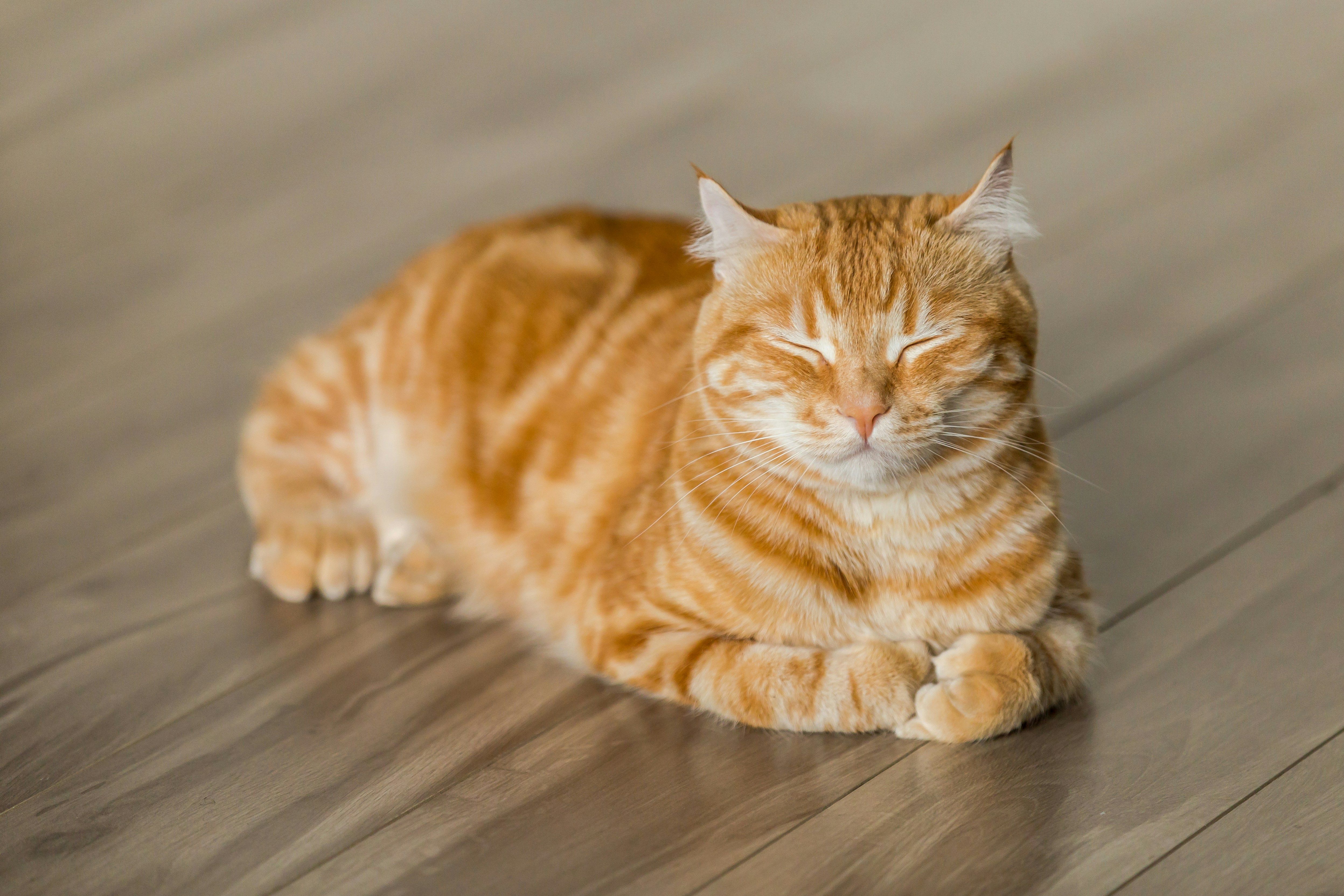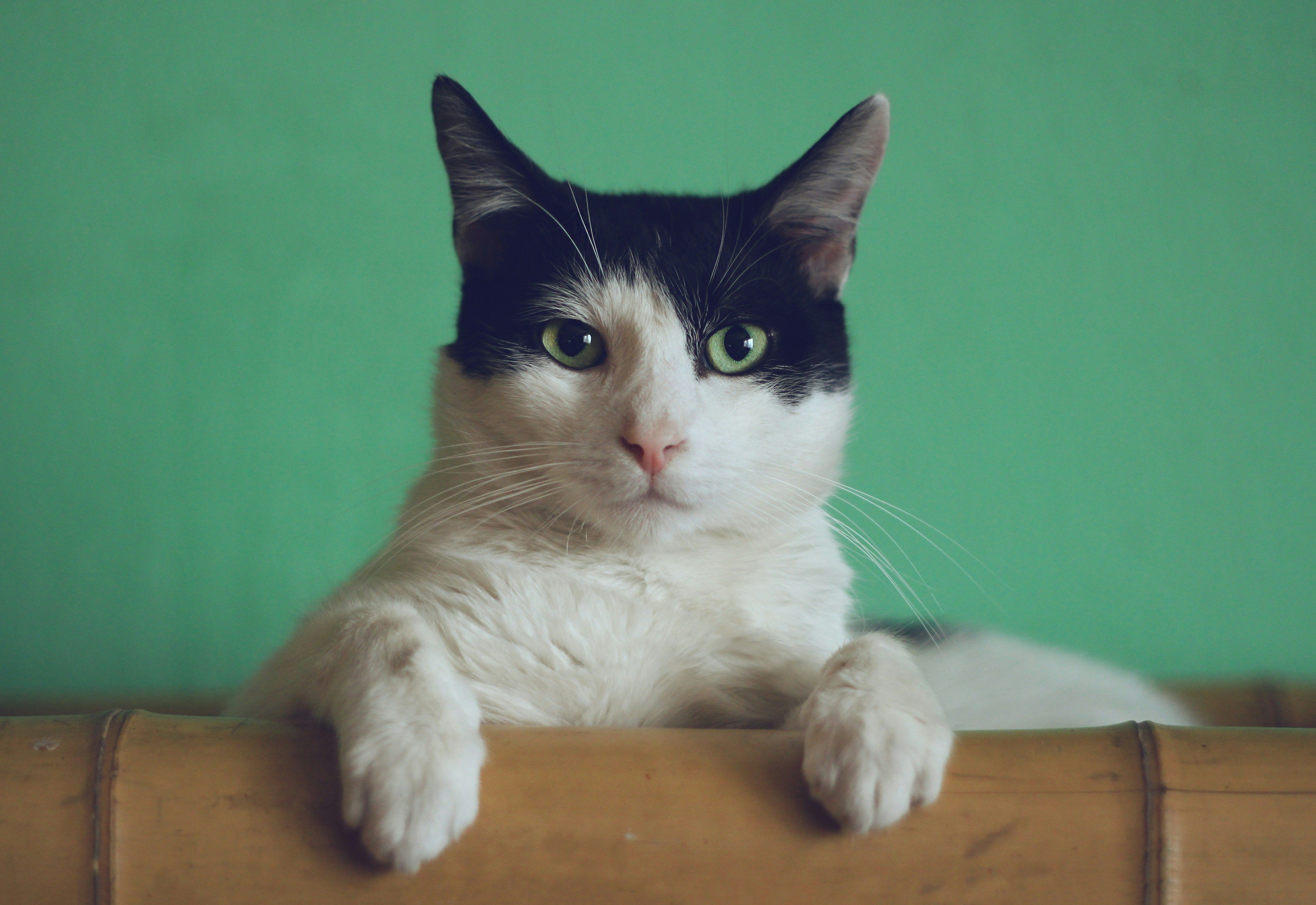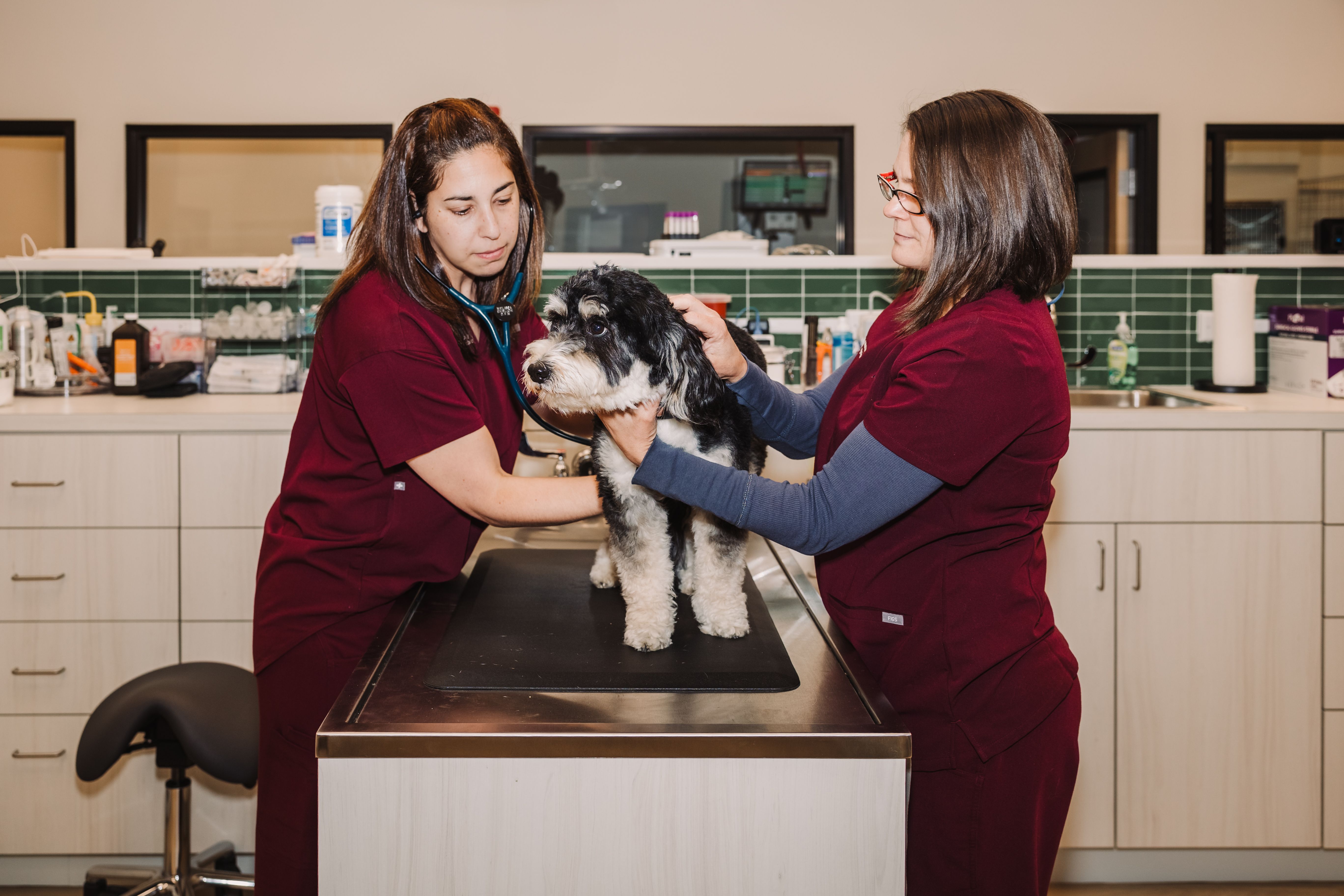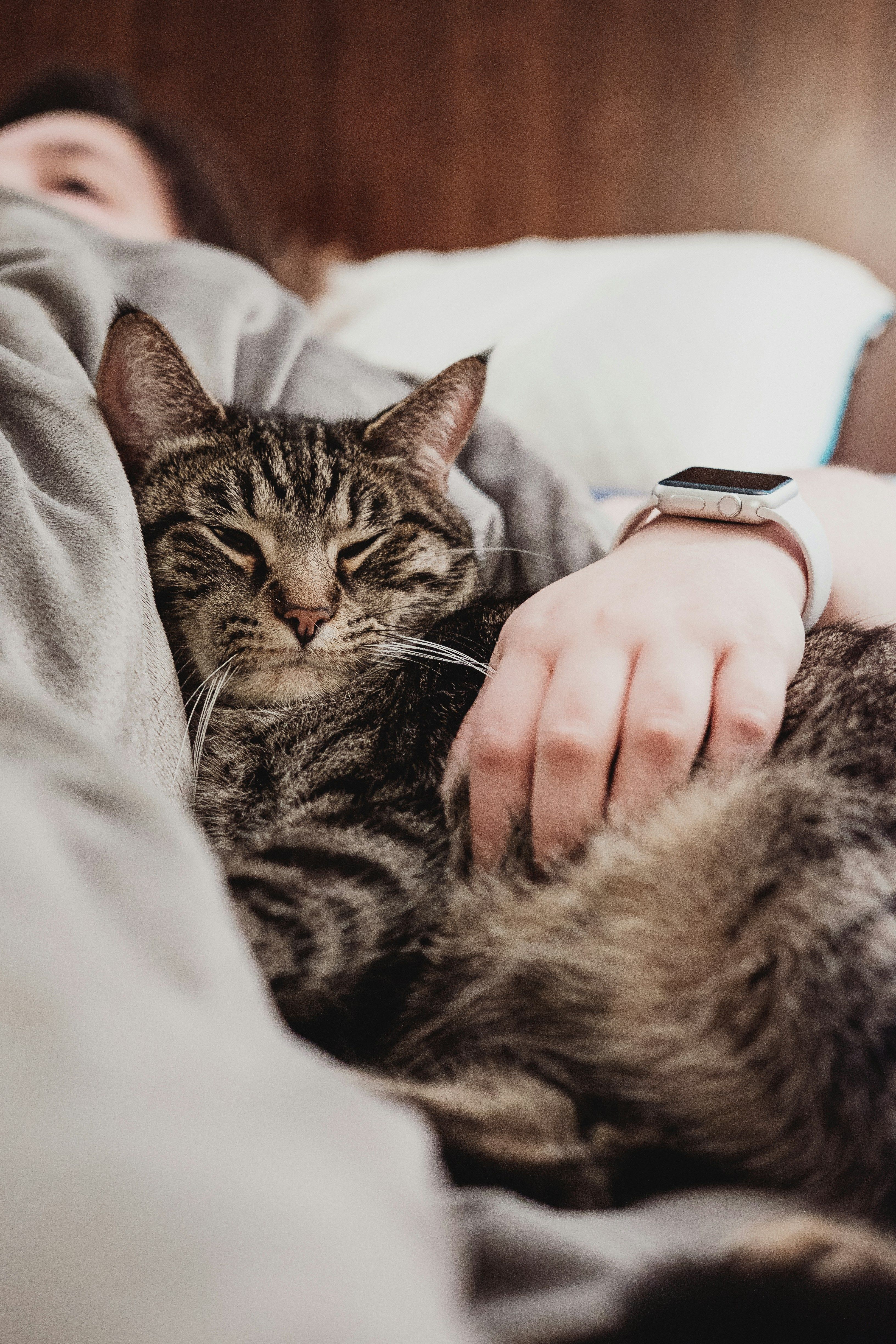If your four-legged friend suddenly looks like they just stepped off a spinning carnival ride, you may be witnessing the signs of vestibular disease. This condition affects your pet’s balance system and can be frightening to observe. In this guide, we explain what vestibular disease is, the causes and symptoms, how it's diagnosed, and how you can help your pet recover safely.
What Is Vestibular Disease in Pets?
Vestibular disease is a disorder that disrupts the vestibular system, which controls balance, coordination, and spatial awareness. This system includes parts of the inner ear and brain that work together to help your pet stay upright and oriented. When it malfunctions, pets may appear dizzy or disoriented and show abnormal movements.
Understanding the Vestibular System
The vestibular system has two components:
- Peripheral vestibular system: Includes the inner ear and the nerves connecting the ear to the brain.
- Central vestibular system: Includes the brainstem and cerebellum. The brainstem connects the brain to the spinal cord, while the cerebellum is responsible for coordination.
Dysfunction in either part can lead to balance problems.
Types and Causes of Vestibular Disease
Vestibular disease is categorized based on the affected area.
Peripheral Vestibular Disease
This is the more common type and is often caused by:
- Middle or inner ear infections
- Ear trauma
- Hypothyroidism
- Tumors in the inner ear
- Idiopathic vestibular disease (especially in older dogs)
Central Vestibular Disease
Less common but more serious, central vestibular disease originates in the brain and may result from:
- Brain tumors
- Strokes
- Brainstem infections or inflammation
- Bleeding in the brain
- Severe ear infections that spread through the skull into the brain
In some cases, an ear infection initially affecting the peripheral system can become so severe that it crosses into the central nervous system.
Idiopathic Vestibular Disease ("Old Dog" Vestibular Syndrome)
Idiopathic vestibular disease refers to cases with no known cause and is diagnosed by excluding all other possibilities. It is most commonly seen in senior dogs and usually appears suddenly. Though symptoms can be severe at first, many pets improve within a few days without specific treatment. Some may retain a mild head tilt, which is typically cosmetic and not painful.
Symptoms of Vestibular Disease in Dogs and Cats
Common signs include:
- Head tilt (usually to one side)
- Loss of balance or “drunken” gait
- Circling or pacing
- Nystagmus (rapid or abnormal eye movements)
- Nausea or vomiting
- Disorientation or confusion
- Difficulty standing or walking
- Excessive scratching at ears or head rubbing
How Is Vestibular Disease Diagnosed?
If your pet is showing signs of vestibular disease, a prompt veterinary exam is essential. Your veterinarian will perform:
- A full physical and neurologic exam
- Ear exam to assess for infection or inflammation
To confirm the diagnosis and rule out central causes, your vet may recommend:
- Ear cytology or cultures
- Blood work
- Chest x-rays
- Brain imaging (MRI)
- Cerebrospinal fluid (CSF) analysis
The neurological exam helps determine whether the disease is peripheral or central, which guides treatment and prognosis.
Treatment and Management Options
Treatment depends on the underlying cause and location of the dysfunction. Your veterinarian may recommend:
- Antibiotics or antifungals for ear infections
- Anti-nausea or anti-vertigo medications
- Corticosteroids or anti-inflammatories if inflammation is involved
- Treatment of underlying conditions like hypothyroidism or tumors
- Supportive care for idiopathic cases
In many idiopathic or peripheral cases, symptoms improve dramatically within 48 to 72 hours, and most pets recover within two weeks.
Home Care and Support During Recovery
While your pet is recovering, you can support them by:
- Keeping them in a quiet, padded, and secure area
- Avoiding stairs or elevated furniture
- Using non-slip rugs or yoga mats on slick floors
- Offering food and water in easy-to-reach bowls
- Monitoring for signs of improvement or worsening
Prognosis and Long-Term Outlook
Most pets with peripheral vestibular disease, including idiopathic cases, recover fully or with only minor lasting effects like a slight head tilt. Central vestibular disease may carry a more guarded prognosis depending on the underlying cause. Early diagnosis and treatment are essential for the best outcome.
When to Seek Veterinary Care
If your pet shows signs such as a sudden head tilt, loss of balance, or difficulty walking, contact your veterinarian or an urgent care facility immediately. Quick evaluation helps rule out serious conditions and start appropriate treatment.
How Ruby Veterinary Urgent Care Can Help
At Ruby Veterinary Urgent Care, we have the tools and expertise to assess vestibular disease in both dogs and cats. Our team can quickly determine whether the symptoms stem from the inner ear or central nervous system and recommend the best treatment approach. Whether it’s an acute episode or a lingering concern, we’re here to support your pet’s recovery with advanced diagnostics and compassionate care.













